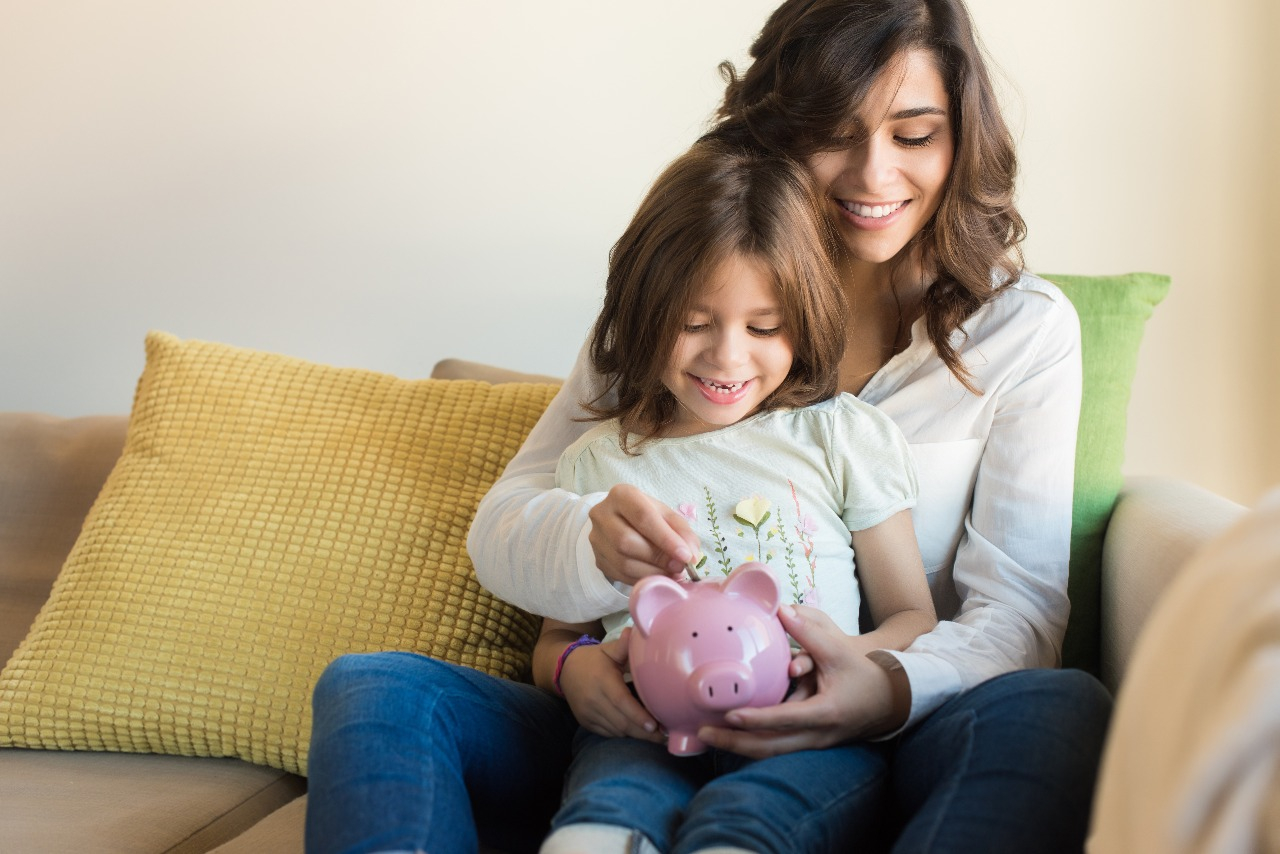Which product should you choose to invest your children’s money received at Christmas? (Credits: © Trendsetter Images – stock.adobe.com)
–
On the occasion of the end of the year celebrations, babies, children and adolescents are spoiled by their families and loved ones. Toys and clothing will quickly find their place in your home, but what to do with the Christmas money?
By MoneyVox,
In cash, by check or by transfer, Christmas gifts are one of the most popular gifts for Christmas. What if instead of spending it, you take the opportunity to save it for the benefit of your children? Over the years, the money accumulated can allow them to build up a small amount of capital for leisure activities, outings, student life or even entry into professional life.
1. Savings books dedicated to children
If your child doesn’t have one yet, opening a booklet with their name is probably the best option. Pascale Micoleau-Marcel, general delegate of La Finance pour tous, sums up the situation: “Even if the minor child is not going to spend this amount right away, it can be managed like precautionary savings”. An amount that can also serve as pocket money when he is old enough to use it. Small gifts of money can be deposited in a Youth Booklet or a Child Booklet, for example. What are the differences between these two investments?
The Youth Booklet is a savings product intended for 12-25 year olds. The holder can only own one and can deposit a maximum of 1,600 euros in it. Its rate varies depending on the bank, but cannot be lower than the remuneration of the Livret A, ie 0.50% net. The Youth Booklet can be opened with a traditional bank or certain online banks.
The Children’s booklets are non-regulated products that are offered to children up to the age of 12. Each bank is free to offer it or not and to subject it to different conditions. The gross interest rate varies greatly from one institution to another: up to 1.50% at the Banque Populaire for the “Livret Premier Pas” and only 0.03% for the “Livret Epargne Orange Enfant”. of ING.
2. The Booklet A
The Livret A is the most famous of the savings products. There is no minimum age for subscribing to one, and it can therefore perfectly meet the objective of building up capital for a minor child. A maximum of 22,950 euros can be deposited there at a rate of 0.50% net. Only one Livret A per person can be held.
According to Pascale Micoleau-Marcel, “if the goal is to empower the child, to have educational support for sparse savings, a booklet can be a good solution”. Booklet A, Booklet Young and non-regulated booklets can thus allow the child to understand how the remuneration of a placement works. Better still: some banks allow the obtaining of a withdrawal card on a passbook in order to teach the child to manage his expenses without worry thanks to withdrawal limits personalized by the parents.
3. The Housing Savings Plan (PEL)
The rate of remuneration of PELs, like that of Livret A, has fallen in recent years. It is now 1% gross for a new PEL. However, it may still be a good option for parents who want to grow their children’s savings. With a ceiling set at 61,200 euros, it is a relevant alternative for increasing the return on an investment without taking any risks.
4. Life insurance
Life insurance is an investment to be considered over the long term. It can prove to be more complex for parents to manage, due to the distribution of the money over euro funds and / or units of account. How it works may also be more difficult to explain to children. Life insurance nevertheless has the advantage of benefiting from an attractive tax system after 8 years, and of being able to boost the rate of return on the savings invested.
– .

